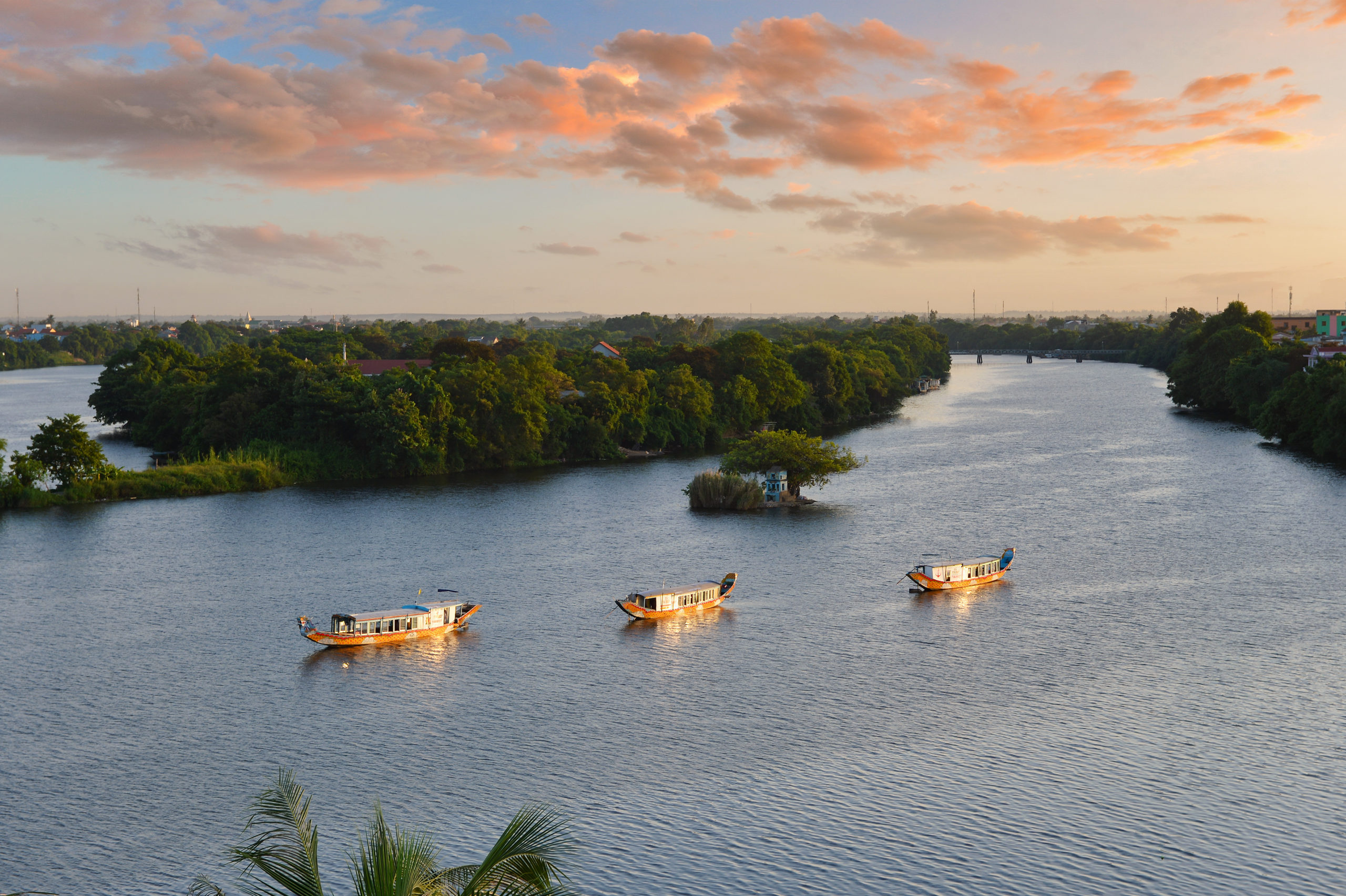To Fight Climate Change, Look to the Trees | Education & Leadership
By: ajcarapella

My Pham
In Vietnam, the densely populated city of Hue (also a UNESCO World Heritage Site) and surrounding areas — home to more than 350,000 people — have been affected by severe flooding from the sea, rivers, and heavy rainfall. Notably, the Huong River that runs through the city has been profoundly affected by climate change and rapid urbanization, causing unpredictable and extreme levels of flooding. In response, the Centre for Social Research and Development, host organization of Huong River Waterkeeper, and partners are implementing a project entitled “Enhancing Flood Resilience in Urban and Coastal Areas in Thua Thien Hue Province.” They are using ecosystem-based adaptation by planting mangroves in the lagoons. The project also focuses on gender issues in relation to disaster risk management and climate change adaptation by exploring and empowering women’s roles in disaster response and environmental protection.
Planting mangroves in the lagoons reduces the impacts of flooding on people and properties by diminishing the force of wind and waves. It also provides an improved habitat for aquatic species, leading to a better and more sustainable livelihood for local people. Finally, it increases carbon storage and water purification for aquaculture.
“Mangrove planting is an ecosystem-based flood resilience method working well at the grassroots level. It is also a means to mobilize the contribution of women and poor people to climate change adaptation.”
In partnership with the local Women’s Union, more than 13,000 mangrove seedlings were planted in about five hectares (12.36 acres) around two coastal communities near the Tam Giang Lagoon to address the restoration, conservation, and sustainable management of natural retention and drainage areas in Hue city.
From 2018 to now, the survival rate of the mangroves planted is at 70 percent. The mangrove forest also played roles in the recent flood disaster in central Vietnam, which lasted about a month, by reducing the waves’ energy and protecting embankments as well as the fish and shrimp ponds further inland. The mangroves were damaged by the floods, but they still survive and protect nearby communities, embankments, and fish ponds.